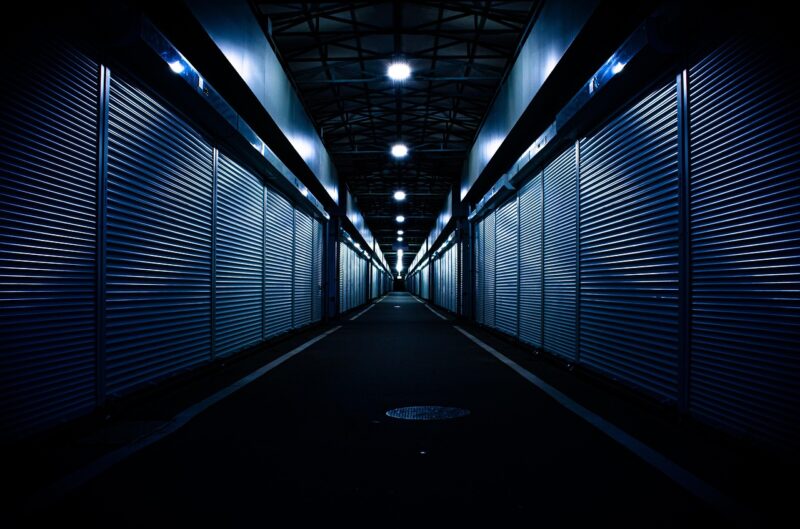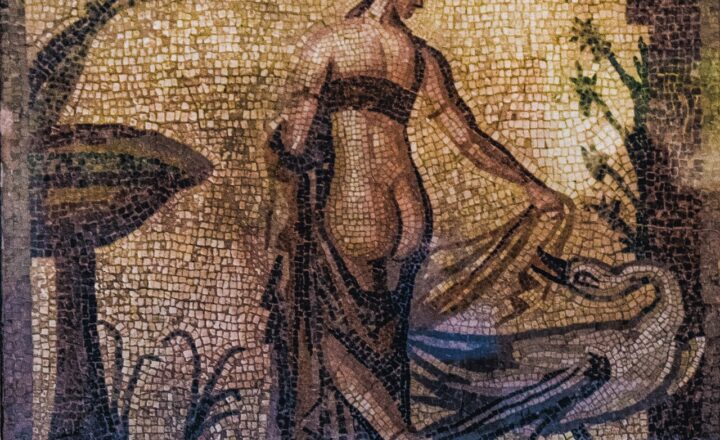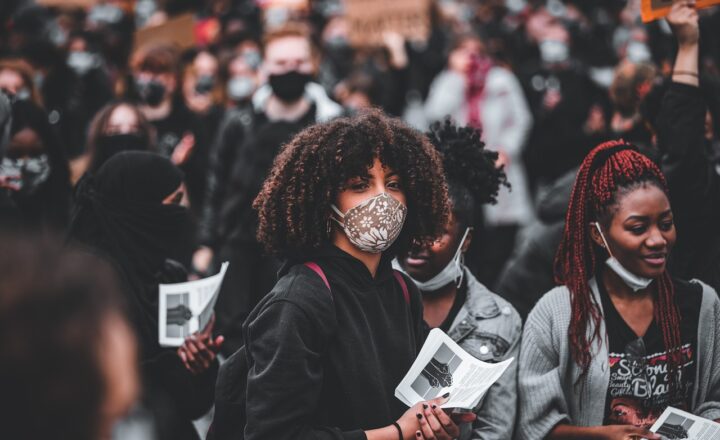The Most Bizarre Coincidences in History and the Mysteries They Unveil
November 12, 2024

Throughout history, remarkable coincidences have occurred that leave us in awe and wonder. These extraordinary events—often too uncanny to believe—offer insights into how interconnected our lives and histories can be. From striking parallels in lives of famous figures to astonishing incidents that transpired across different continents, these coincidences challenge our perceptions of chance and fate.
1. The Curious Case of the Presidential Coincidences
The coincidences between U.S. presidents Abraham Lincoln and John F. Kennedy are perhaps among the most famous. Their parallels are eerie:
- Both were elected to the House of Representatives in 1846 and 1946, respectively.
- Both later became president, with Lincoln elected in 1860 and Kennedy in 1960.
- Both gave speeches that referenced their desire to advance civil rights for African Americans.
- Lincoln was assassinated in Ford’s Theatre, while Kennedy was shot in a Lincoln vehicle, made by Ford.
- Both were succeeded by vice presidents named Johnson: Andrew Johnson and Lyndon B. Johnson, who were born in 1808 and 1908, respectively.
These incredible coincidences invite speculation on fate and the intertwined paths of historical figures.
2. The Tale of the Titanic and its Sister Ship
The sinking of the Titanic is one of history’s most infamous maritime disasters, but a lesser-known story involves its sister ship, the Olympic. Prior to the Titanic’s ill-fated maiden voyage, the Olympic experienced a collision with a British warship in 1911, which resulted in significant damage.
But here’s where the coincidence gets bizarre:
- Both ships were designed by the same team and shared numerous features.
- The Titanic was originally named the “Gigantic” but was renamed shortly before its launch due to superstition about the word “gigantic.”
- After the Titanic sank in 1912, the Olympic would continue to sail for another 24 years, experiencing its own series of accidents but surviving far longer than its ill-fated sister ship.
The coincidences of fate surrounding the two ships invite questions about luck, destiny, and the whims of maritime design.
3. The Doppelgangers of History: Shakespeare and Cervantes
Two literary giants, William Shakespeare and Miguel de Cervantes, represent the pinnacle of English and Spanish literature, respectively. Interestingly, both men died in 1616 but in different countries and under quite different circumstances:
- Shakespeare passed away on April 23, 1616, in Stratford-upon-Avon, England.
- Cervantes died in Madrid, Spain, on the same date according to the Gregorian calendar but on April 22 according to the Julian calendar which was still in use in England at the time.
- Both men contributed significantly to their respective literature, producing timeless works that continue to influence writers and readers today.
The peculiar overlap in their deaths raises fascinating questions about the impact of timing in historical legacy.
4. The Man Who Made the Movies: The Extraordinary Life of Harold Godfrey
In the world of cinema, the story of Harold Godfrey is an intriguing sequence of coincidences. Harold was an aspiring filmmaker and had dreams of becoming a well-known director. In 1973, after being rejected by multiple film schools, he took a staircase trip that led him to an unexpected encounter:
- He inadvertently found himself in a famous film studio known for producing some of the biggest blockbusters in Hollywood history.
- While there, he bumped into an actor who later became a major star in their own right.
- With connections made, Harold finally received his break, leading to a long and successful career in the industry.
Harold’s story demonstrates how a series of seemingly random coincidences can change the trajectory of one’s life, opening doors to unexpected opportunities.
5. The Unsolved Mystery of the 9/11 Coincidences
The tragic events of September 11, 2001, brought to light an overwhelming number of coincidences that still perplex historians and researchers. Some of the most unsettling include:
- Many of the individuals associated with high-profile positions in finance or politics were unexpectedly absent that day due to prior commitments or severe illness.
- The sheer number of worldwide leaders attending a conference in Canada which resulted in an empty summit that should have had dozens of global figures present in New York.
- Parallel incidents of similar attacks on significant buildings, rehearsed drills conducted by security agencies, and even the notable repetition of numbers such as the collapse of the Twin Towers at 9:11 AM were seen as too uncanny to ignore.
These coincidences stir debate about the nature of chance and the unforeseen events that often shape world history.
Conclusion: The Mystery of Coincidence
Coincidences might seem like mere chance, but they often unveil deeper connections and patterns in our histories. As we explore the narratives woven through time, we realize that these encounters can redefine our understanding of fate, choice, and destiny. The most bizarre coincidences in history serve as reminders that amidst chaos, there is order, and that the threads of existence may interconnect more than we’ve realized.
In a world where randomness often reigns, the stories of curious coincidences challenge us to seek the extraordinary, while invoking a sense of wonder about our times, our histories, and ourselves.








